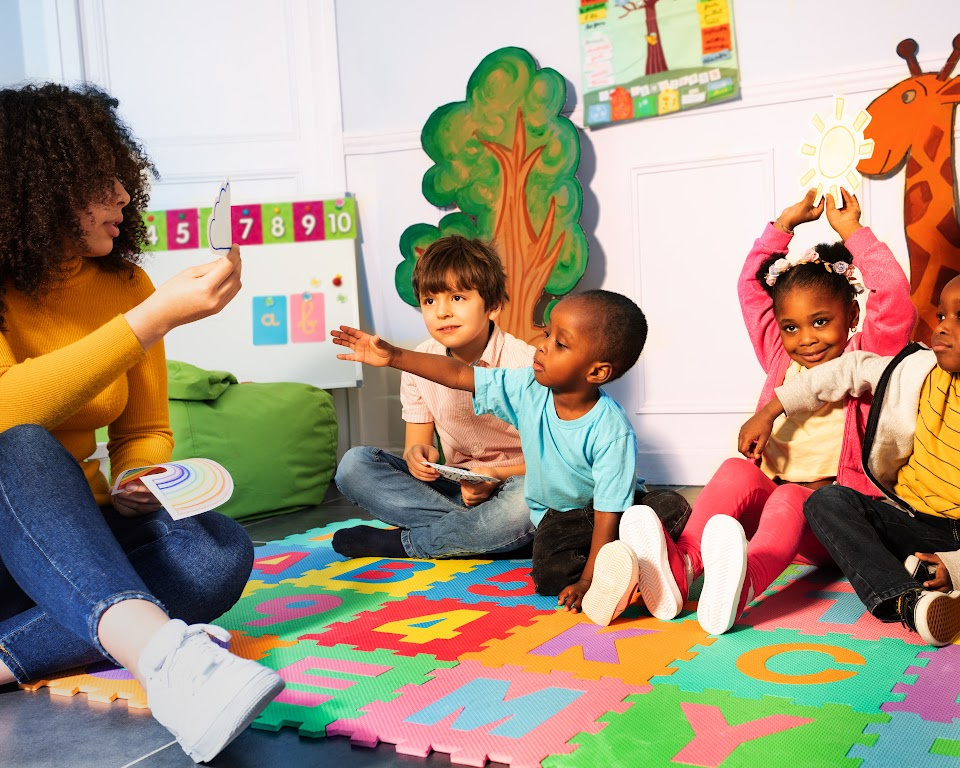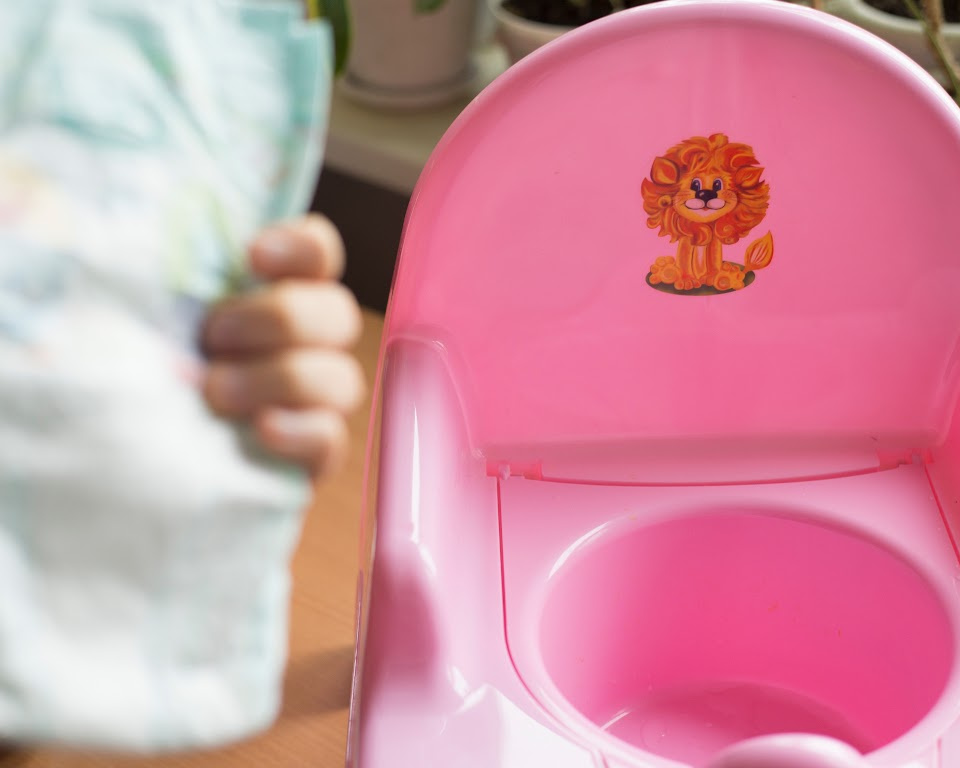Understanding how to communicate with a nonverbal autistic child is a challenge many parents, caregivers,…

What Not to Do with an Autistic Child: A Simple Guide
Raising an autistic child is a unique journey that implores parents to understand the nuances of their child’s world. When considering what not to do with an autistic child, it is paramount to approach every interaction with mindfulness and sensitivity. This guide is designed to equip parents with essential tips for parenting an autistic child, ensuring that inadvertent mistakes are minimized, and your child’s developmental needs are met with compassion.
Understanding the needs of autistic children is a continuous process that involves learning how to communicate effectively, setting up conducive environments, and adapting your own behavior to support your child. By steering clear of certain pitfalls, you can create a nurturing space that allows your child to thrive.
Understanding Behavior and Environment in Autism
Creating a nurturing environment for autistic children is a dynamic journey that involves understanding sensory triggers and promoting a supportive living space. Below are key strategies aimed at avoiding some of the common mistakes with autistic children and enhance their comfort and development.
Respect personal space by avoiding unexpected physical contact, which may overwhelm or unsettle autistic kids.
Remember that a demand for eye contact can be intimidating; look for non-invasive ways to connect.
Understand the importance of avoiding triggers for autistic children, such as loud noises or crowded places, and create a calm, predictable environment whenever possible.
Implement discipline that steers clear of punishment for uncontrollable behaviors, focusing instead on positive reinforcement and clear guidelines.
Engage in promoting a supportive environment for autistic kids by using affirmative language and a gentle, patient approach in all interactions.
Identify and honor each child’s unique sensitivities tailor learning and engagement to their individual needs, facilitating task completion and social interaction.
Embracing these tactics can remarkably increase the sense of security and well-being for autistic children, leading to a more harmonious and productive atmosphere for growth and learning. By conscientiously shaping their environment, we empower these young individuals to navigate the world with greater confidence.
What Not to Do with an Autistic Child
Supporting children on the autism spectrum involves a careful and considerate approach. Awareness of harmful behaviors towards autistic kids and knowing effective strategies for supporting autistic children is key to their well-being. The following guidelines represent best practices for engaging with children on the autism spectrum, aiding their development and ensuring a supportive environment.
- Avoid overcomplicating tasks: Simple and clear instructions aid in reducing the frustration and potential for meltdowns.
- Minimize abrupt routine changes: Autistic children often rely on predictability, thus gradual transitions should be prioritized to alleviate any distress.
- Respect stimming behaviors: Instead of stopping stimming, redirect to safer alternatives if necessary to maintain safety without causing additional stress.
- Manage social expectations: Pressuring for eye contact or hastening their responses can exacerbate discomfort; patience is crucial for positive interactions.
- Accommodate dietary preferences: Addressing texture or taste sensitivities with sensitivity and offering food choices can prevent unnecessary pressure.
Through understanding and patience, we can foster an inclusive and empowering environment for autistic children, helping them thrive in their own unique ways. It is our duty to recognize the importance of consistent support, devoid of pressure and filled with compassion and adaptability.
Conclusion
Embarking on the path of raising a child with autism is an expedition of patience, understanding, and most of all, heart. It necessitates a devotion to positive approaches to supporting autistic children, which lies at the core of facilitating an enriching and happy childhood. The essence of this commitment is captured in the trio of consistent support and love, ongoing education and adaptability, and the cultivation of a forward-looking, optimistic future for these young individuals.

FAQs
What are some things I should avoid doing with my autistic child?
It is important to avoid negative language about autism, overwhelming them with too much information at once, forcing eye contact, and punishing behaviors like stimming that they can’t control. Additionally, avoid making sudden changes to their routine, comparing them to other children, and pressuring them into uncomfortable situations.
How can I best support my autistic child’s behavior and environment?
Support your child by understanding their triggers and creating a tailored environment that minimizes potential stressors. Offer simple, clear instructions, provide consistency with routines, and ensure they have a safe space to retreat to when needed. Positive reinforcement and patience are key in managing behaviors.
Why is it important to understand the needs of my autistic child?
Understanding your child’s needs is crucial to support their development and well-being effectively. It helps you to create a nurturing environment that respects their sensitivities, encourages their strengths, and supports them through their challenges. This understanding allows you to connect with your child and offer the guidance they need.
Are there effective strategies for engaging with my autistic child?
Yes, effective strategies include using simple and clear communication, establishing and maintaining routines, engaging in activities that interest them, and being responsive to their needs for space and quiet. It’s also important to educate yourself about autism and work with professionals for additional support when needed.
How can I avoid triggering distress in my autistic child?
To avoid triggering distress, maintain routines as much as possible, prepare your child for changes when they are necessary, understand and respect their sensory sensitivities, and avoid forcing them into situations that you know make them uncomfortable, such as crowded or loud environments. Work on identifying triggers together with your child, if possible.
What are some common mistakes parents make with autistic children?
Common mistakes include not recognizing the child’s unique ways of communicating and experiencing the world, ignoring or punishing the child for stimming behaviors, expecting the child to adapt to new situations without support, and not advocating for the child’s needs in educational and social settings.
What are some positive approaches to support my autistic child?
Positive approaches involve celebrating small achievements, being patient and clear with your expectations, using visual supports when needed, providing choices to foster independence, and creating opportunities for the child to succeed in their own way. It’s also beneficial to collaborate with educators and therapists for consistent support strategies.
How can I promote a supportive environment for my child?
Promote a supportive environment by educating family members and peers about autism, advocating for accommodations and inclusion in school and community activities, and building a routine that accommodates your child’s needs. Ensure that your home is a safe and comforting space where your child feels understood and accepted.



This Post Has 0 Comments